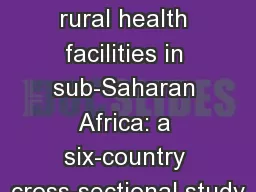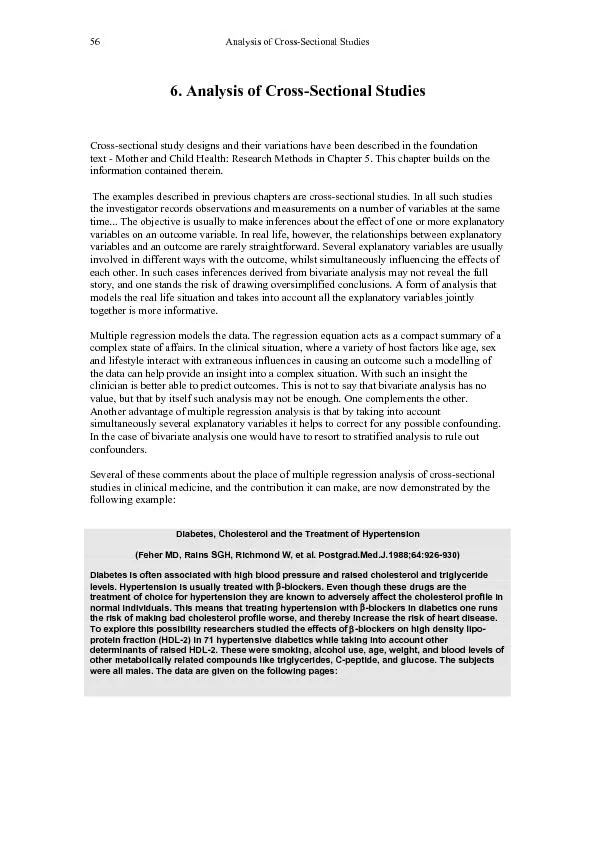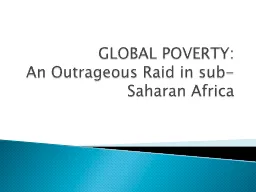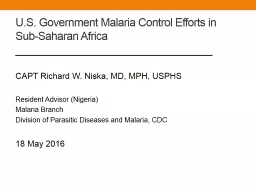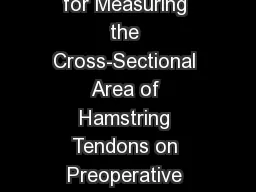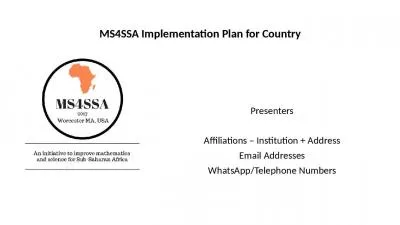PPT-WaSH in rural health facilities in sub-Saharan Africa: a six-country cross-sectional
Author : tawny-fly | Published Date : 2018-10-23
Amy Guo Georgia Kayser Jamie Bartram Michael Bowling The Water Institute at UNC October 10 2016 Background Healthcare as a human right Basic WaSH is vital to
Presentation Embed Code
Download Presentation
Download Presentation The PPT/PDF document "WaSH in rural health facilities in sub-..." is the property of its rightful owner. Permission is granted to download and print the materials on this website for personal, non-commercial use only, and to display it on your personal computer provided you do not modify the materials and that you retain all copyright notices contained in the materials. By downloading content from our website, you accept the terms of this agreement.
WaSH in rural health facilities in sub-Saharan Africa: a six-country cross-sectional: Transcript
Download Rules Of Document
"WaSH in rural health facilities in sub-Saharan Africa: a six-country cross-sectional"The content belongs to its owner. You may download and print it for personal use, without modification, and keep all copyright notices. By downloading, you agree to these terms.
Related Documents

